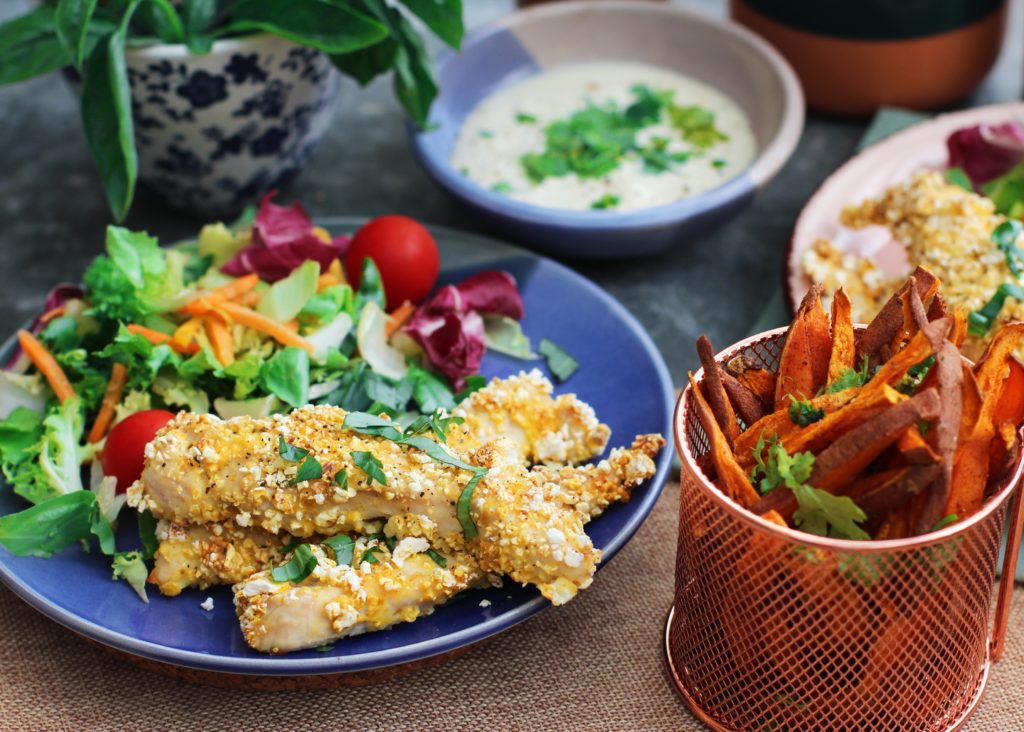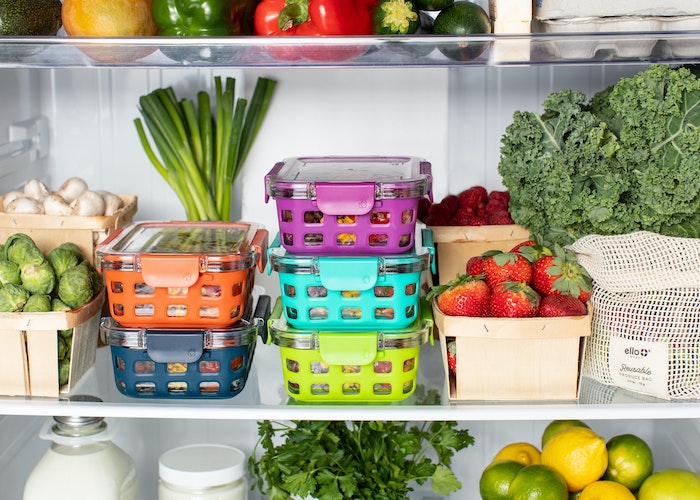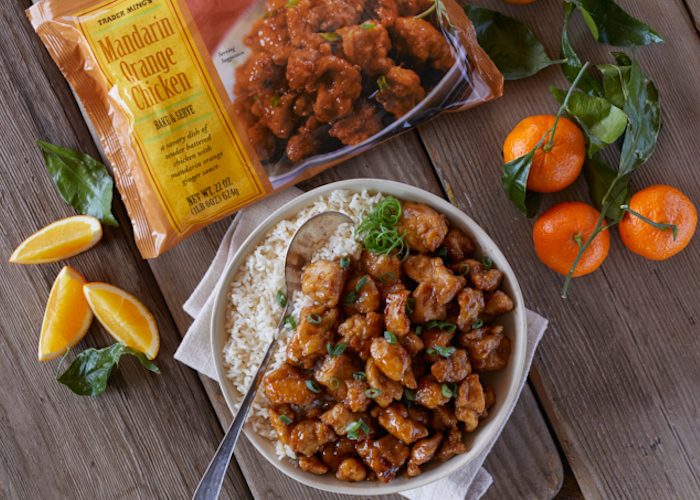My $5 Cooking Secret: How I Get 4 Meals Out Of One Grocery-Store Rotisserie Chicken

I don’t work for Costco, but it’s pretty clear I might have a small obsession with their $5 rotisserie chicken. These things are so popular, Costco is changing their business model to keep the chickens affordable, and I am grateful. I save hours of time during the week since I don’t have to worry about meal prep, and it is an unbeatable deal.
One chicken will feed me and my partner for about a week, and if that does not sell it, then I don’t know what will. I cut what I want to eat and wait for the rest to cool down before I refrigerate the chicken. This will preserve the meat for at least four days. I always have leftovers, which we eat the next day for lunch. Here is my breakdown for each day and each part of the chicken.
How to get the most of a Costco rotisserie chicken:
Day 1: Thighs and drumsticks
I’m coming home, chicken in hand. I like to capitalize on the fact that it’s probably still warm, and I have minimal cooking to do. In my opinion, the leg quarter is the best part of the chicken. It is packed with flavor and always juicy. Since it stands alone fairly well, I usually make a lot of rice in a rice cooker (this matters later) and pair that with a vegetable. Most rice cookers will come with a steamer basket. I add broccoli or other vegetables to the basket, and it cooks at the same time as the rice, while also adding flavors and cohesion to my meal. It’s not a Thanksgiving dinner, but honestly, it could be — if we could get the nation to agree.
Day 2: Breast
If I’m being honest, this is my least favorite part of the chicken. The breast may already be a little dry on its freshest day, and with any additional cooking, it tends to dry out. Since the chicken has spent a day in the fridge, it will need reheating. Because of this, I like to add it to my sauciest recipes. I usually make pasta with tomato sauce, onions, and zucchini. The breast also works great with any cream or cheese-based sauce, although those tend to be slightly more expensive. The rotisserie chicken will lend its own saltiness to the sauce, while also absorbing any flavors you decide to incorporate into your dish.
An additional option is to make chicken salad. It is not the most glamorous, but it is exceptionally cost-effective. My friend once asked me to cater their wedding for over 200 people on a budget of $150, and this was the only thing that made the cut besides hot dogs. The most basic recipe involves chicken, onions, celery, and mayonnaise — all pretty cheap ingredients. A little goes a long way here, and adding a sweet element like grapes or apples will yield even more flavor. Serve on croissants, rolls, and even regular sandwich bread.
Day 3: The Tender
I remember going to the store, seeing a pack of chicken tenders, and asking where the “tender” was. I learned that this is the part immediately under the breast, which is most commonly deep-fried and known as the safest menu option at any restaurant. Frying is an excellent option, as long as it is battered and not just dusted with flour. Flour alone will not stick to the cooked chicken. The batter, which I season with salt, pepper, and cayenne, creates depth of flavor, while the oil reinvigorates the meat, making it even juicier than before.
Deep frying takes a little extra work on my end, so I often like to use the tender for fried rice, since it can handle the temperatures and maintain its flavor and texture. I take the extra rice from Day 1 and cook it with the chicken, frozen vegetables, and eggs. Using fresh rice in fried rice is more difficult because there is too much moisture, and everything gets stickier than it should be. I use soy sauce, sesame oil, garlic powder, onion powder, and a little cayenne for seasonings.
Day 4: The Bones
There tends to be a small amount of meat left at this point, but my focus on this day is typically in the bones. By boiling the bones in water with vegetables like celery, carrots, and onions, it creates a savory chicken stock perfect for chicken noodle soup. Be careful, as some of the bones are relatively small. I like to strain out all of the bones before I add noodles into my broth. This will also give you all the meat off the bones!
If you’re tired of chicken noodle soup, try chook, or rice porridge. I like mine a little thicker, so I add one cup of rice per eight cups of water. I put what’s left of the chicken along with some onions, ginger, and salt into the slow cooker overnight. This is my sick day dish since it is hearty and full of liquids. Again, I would pull all the bones out before consuming. I usually end up eating this for a couple of days just because of how much porridge I get from one cup of rice.
The super-affordable way I elevate my meals at home
Rotisserie chicken is accommodating and affordable. If preserved properly, it will last a while. If added to any recipe, it will happily join and enhance the dish. If I pay $5, I get at least eight meals for two people. It is truly the best $5 I may spend bi-monthly for the rest of my life.
Image via Unsplash
Like this story? Follow The Financial Diet on Facebook, Instagram, and Twitter for daily tips and inspiration, and sign up for our email newsletter here.




